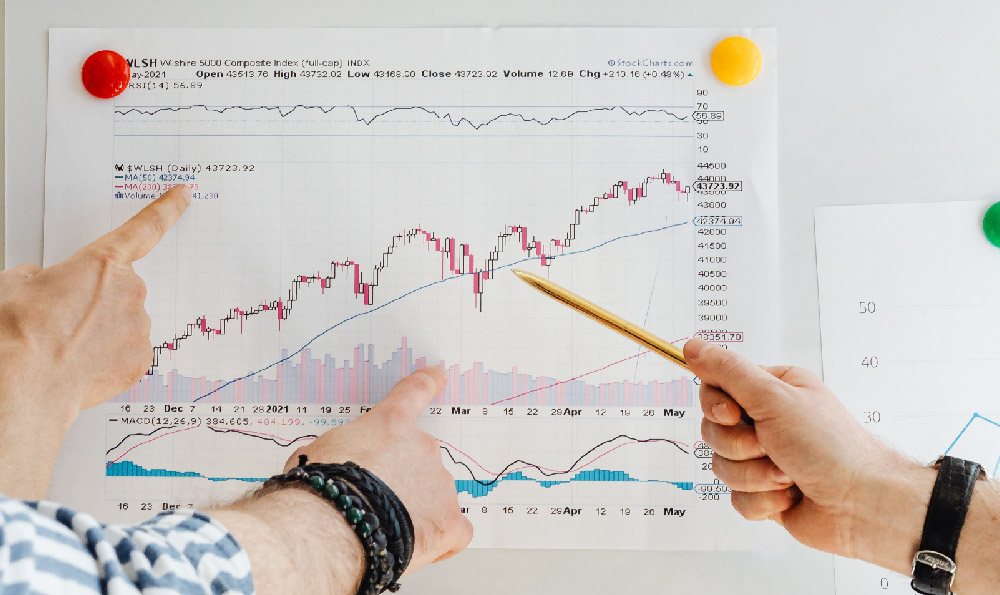Okay, I understand. Here's an article addressing the topic of Gold and Silver ETFs, written in English, avoiding numbered lists, and aiming for a comprehensive and engaging explanation.
Gold and Silver ETFs: Unlocking Precious Metal Investments
Exchange-Traded Funds (ETFs) have revolutionized the investment landscape, providing accessibility and diversification to a wide range of assets. Among the myriad ETF options, those focused on precious metals, particularly gold and silver, hold a unique allure for investors seeking safe havens, inflation hedges, or simply exposure to these historically valued commodities. But how exactly do these Gold and Silver ETFs operate, and more importantly, are they a suitable addition to your investment portfolio?

Understanding the mechanics of a Gold or Silver ETF is crucial before committing capital. Unlike purchasing physical gold or silver bars, ETFs offer a more streamlined and liquid approach. Most Gold and Silver ETFs are structured as grantor trusts. This means the fund itself holds physical gold or silver bullion, typically in secure vaults around the world. The ETF shares represent fractional ownership of this underlying physical metal. When you buy shares of a Gold ETF, you are essentially purchasing a portion of the gold held in trust. The fund’s price closely tracks the spot price of gold or silver, minus the fund's operating expenses, providing investors with a convenient way to participate in the price movements of these commodities without the logistical challenges of physical storage and insurance.
The process of creating and redeeming ETF shares involves authorized participants, typically large financial institutions. These authorized participants have the exclusive right to create new ETF shares by depositing physical gold or silver with the fund, or to redeem existing shares by taking delivery of the underlying metal. This creation and redemption mechanism is vital for maintaining a close relationship between the ETF's market price and the Net Asset Value (NAV) of the underlying gold or silver holdings. If the ETF’s price deviates significantly from its NAV, authorized participants can step in to arbitrage the difference, ensuring the ETF remains closely aligned with the spot price of the metal. This arbitrage mechanism is what helps prevent the ETF from trading at a large premium or discount to the value of the bullion it holds.
Investing in Gold and Silver ETFs offers several advantages compared to directly purchasing physical metal. One key benefit is liquidity. ETF shares can be bought and sold on stock exchanges like any other stock, providing investors with the flexibility to quickly enter or exit the market. This contrasts sharply with the process of buying and selling physical gold or silver, which can involve finding reputable dealers, verifying authenticity, and arranging for secure storage. Furthermore, ETFs eliminate the need for expensive storage fees, insurance, and security measures that are necessary when holding physical bullion. ETFs are also generally more accessible to smaller investors. Purchasing a single share of a Gold or Silver ETF is far more affordable than buying a gold bar or a significant quantity of silver coins. This allows individuals with limited capital to gain exposure to the precious metals market.
However, Gold and Silver ETFs are not without their potential downsides. The most significant is the expense ratio, which represents the annual fees charged by the fund to cover its operating costs, including storage, insurance, and administrative expenses. While these fees are generally small, typically ranging from 0.1% to 0.5% per year, they can erode returns over time, especially if the price of gold or silver remains stagnant or declines. Investors should carefully compare the expense ratios of different ETFs before making a selection.
Another consideration is counterparty risk. While most Gold and Silver ETFs hold physical metal, some may invest in gold or silver futures contracts or other derivatives. These derivatives-based ETFs introduce counterparty risk, which is the risk that the other party to the contract may default on its obligations. While this risk is generally low, it is important to be aware of the potential for losses.
Finally, it’s important to recognize that investing in Gold and Silver ETFs is not a guaranteed path to riches. The price of gold and silver can be volatile and is influenced by a variety of factors, including interest rates, inflation, geopolitical events, and currency fluctuations. In a rising interest rate environment, for instance, gold may become less attractive as investors seek higher yields from bonds or other fixed-income investments. Conversely, during times of economic uncertainty or high inflation, gold and silver may experience increased demand as investors seek safe haven assets.
So, should you invest in Gold and Silver ETFs? The answer depends on your individual investment goals, risk tolerance, and overall portfolio strategy. If you are looking for a way to diversify your portfolio, hedge against inflation, or gain exposure to the precious metals market without the hassle of physical storage, Gold and Silver ETFs can be a valuable tool. However, it is crucial to conduct thorough research, understand the ETF's structure, and consider the associated risks before making any investment decisions. Remember to consult with a qualified financial advisor to determine if Gold and Silver ETFs are appropriate for your specific circumstances and to ensure they align with your overall financial plan. Thinking about the long-term performance of these assets is crucial, and considering different economic scenarios will better inform your decisions.

